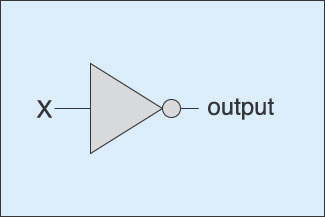coursework: planning
- Discussed all the variables
- Written up your preliminary results
- USED your preliminary results to help you make decisions about making your experiment accurate
- Written down how you are going to keep the variables constant
- Written ‘step by step’ instruction on how to do/set up the experiment
- Drawn a diagram of the equipment (scientific)
- listed the equipment & explained why you need it
- Made a prediction, including a graph
- Explained your prediction, discussing your graph




 when you have revised this section, try
when you have revised this section, try 
